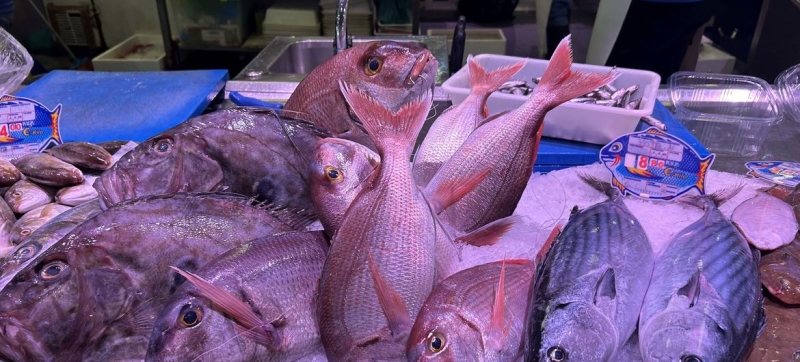
The issue of seafood adulteration is a growing concern at the global level. IAEA helps combat seafood fraud using nuclear technology Economic Development
Seafood is one of the most sought-after food products on the planet. Per capita consumption has doubled since the 1960s and is projected to double again by 2050.
Rich in protein, omega-3 fatty acids, vitamins and minerals, they play a key role in food security and provide a source of income for millions of people. However, behind the scenes of this thriving market lurks a disturbing trend: seafood adulteration.
Substituting expensive types with cheaper ones, mislabeling the origin, and selling thawed fish as fresh are all examples of fraud that can occur at any stage of the supply chain. Such actions not only mislead consumers, but also pose health risks ranging from allergens and toxins to parasites and pathogens. In addition, mislabeling may conceal the fact that endangered species have been harvested from contaminated areas or are being illegally harvested. With globalized trade and increasingly complex supply chains, identifying such irregularities is becoming increasingly challenging.
Coordinated Research Project
To counter this threat, the International Atomic Energy Agency The IAEA and FAO are launching a five-year coordinated research project (CRP). Its goal is to help countries strengthen food control systems and implement advanced analytical techniques, including nuclear technology, to detect and prevent seafood adulteration.
As part of the project, the IAEA proposes to use a range of scientific approaches, starting with the analysis of stable isotopes of carbon, nitrogen, sulfur, oxygen and hydrogen, which reflect the ecological conditions of the fish’s habitat. This allows you to determine the geographical origin of the product and confirm whether it was truly caught in the wild. Combined with techniques such as X-ray fluorescence spectroscopy, mass spectrometry, and nuclear magnetic resonance spectroscopy, scientists can identify additives, distinguish between species, and debunk attempts to pass off frozen fish as fresh.
Particular attention is paid proteomics, metabolomics and lipidomics – areas that allow the study of proteins, small molecules and fats. This data not only helps in label verification but also in identifying food safety hazards. All collected characteristics will be included in reference databases that will form the basis for digital traceability and control systems.
The CRP project builds on previous food authentication initiatives and is focused on supporting low- and middle-income countries. This includes developing standardized sample collection and preparation protocols, validating analytical methods, and addressing knowledge gaps. An important part of the program will be the training of specialists, technology transfer and harmonization of national labeling rules with international standards Codex Alimentarius.
Sustainable support industries
The initiative provides a unique opportunity for countries to join forces to combat fraud and build trust in supply chains, according to Debashish Mazumder, food provenance project manager at the Australian Nuclear Science and Technology Organisation. Information on the origin of seafood obtained through nuclear techniques can not only promote fair trade, but also support the sustainable development of the industry.
Within five years, the IAEA plans to publish scientific reports, share results with regulators and industry representatives. In the long term, the project aims not only to ensure the authenticity of seafood, but also to support small-scale fisheries, combat illegal fishing and promote fairness in global food chains.
